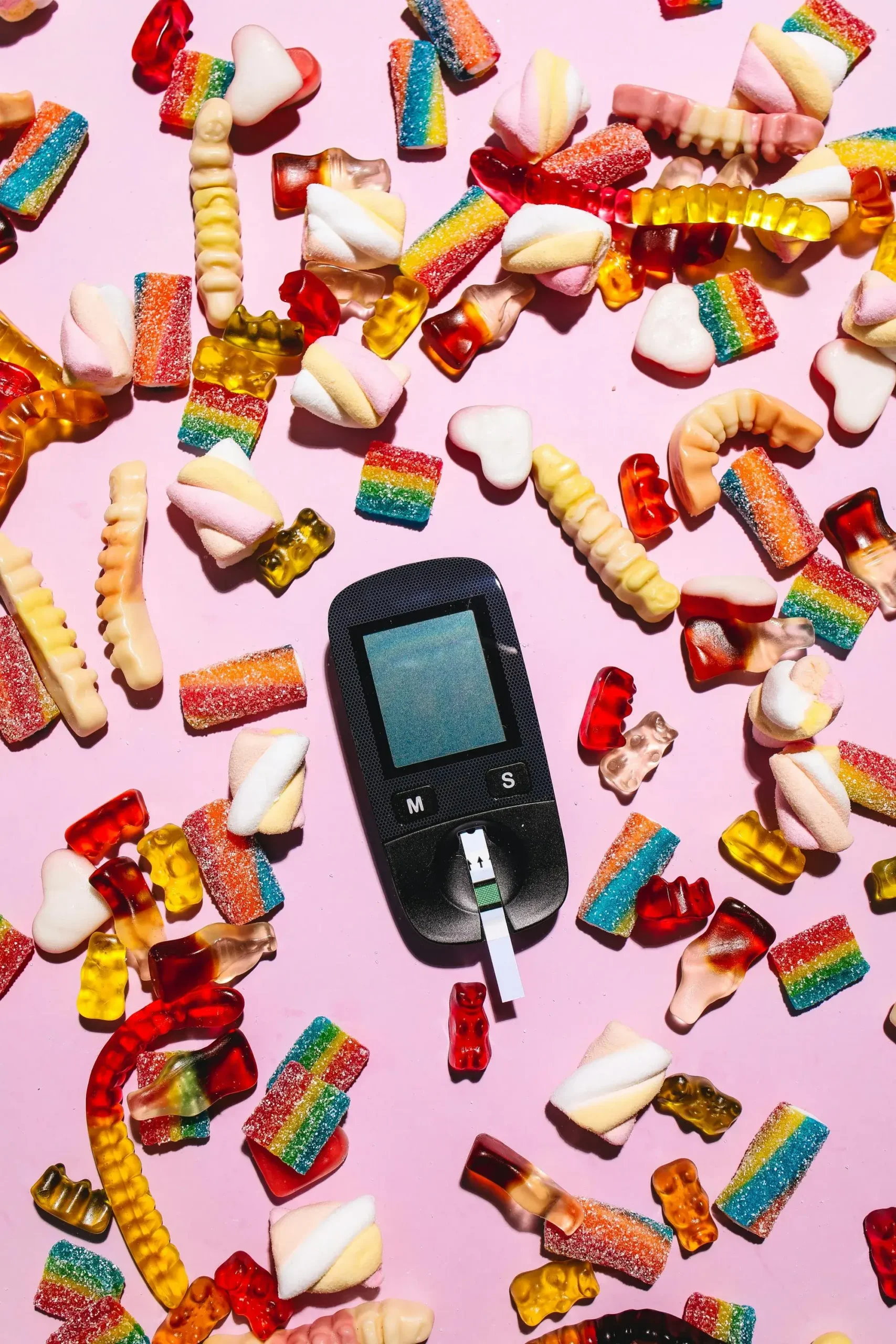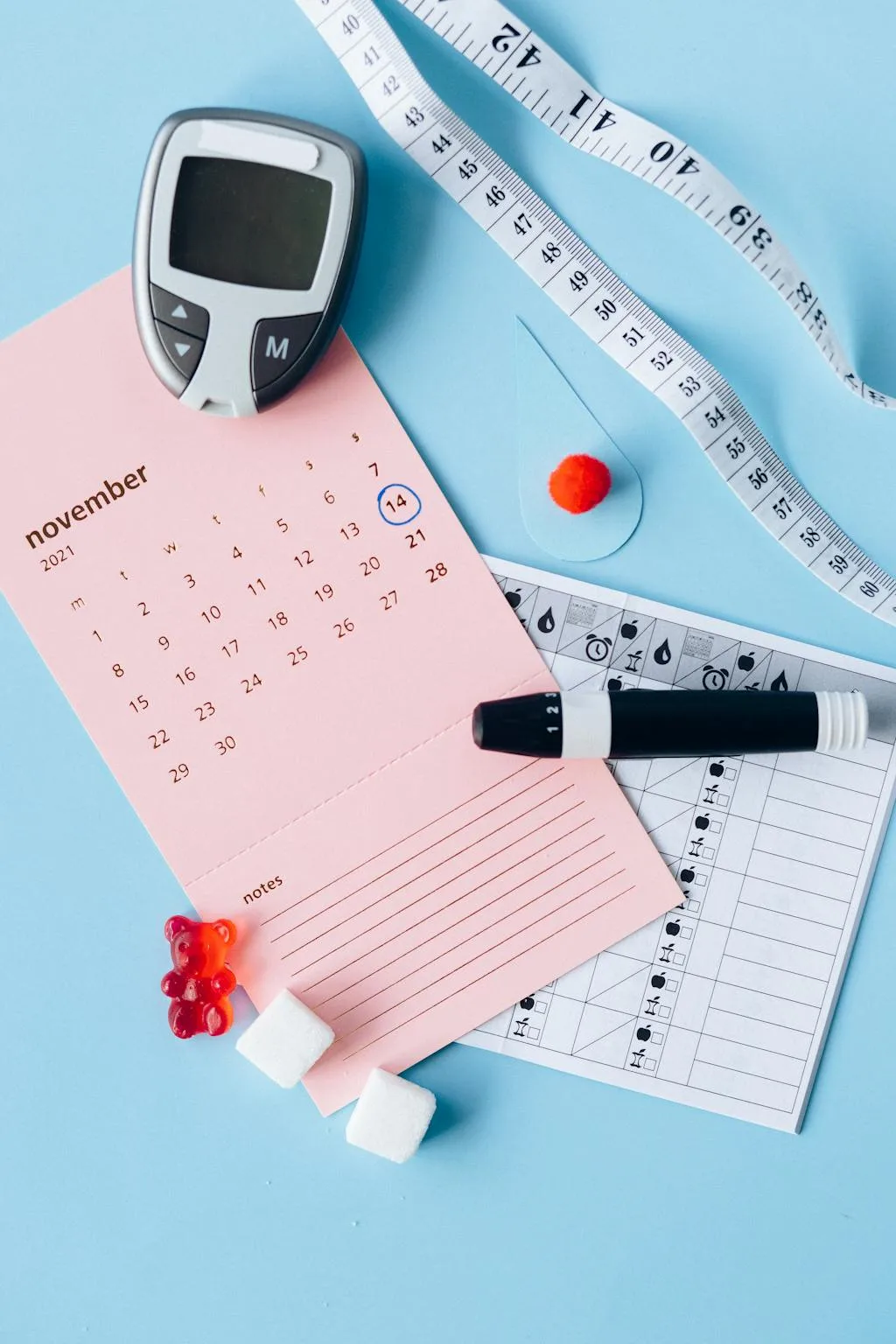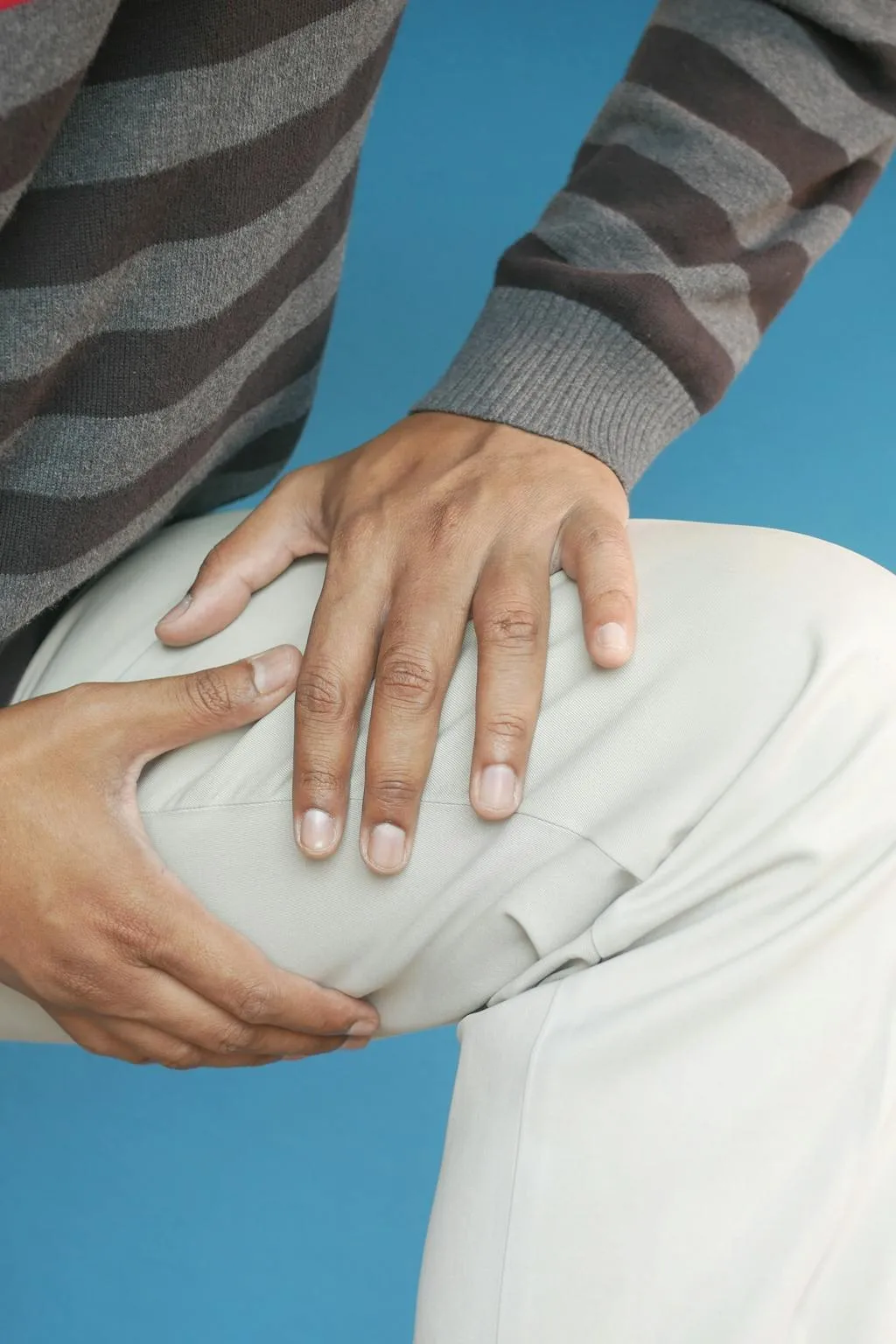People living with diabetes are at increased risk of developing foot problems due to nerve damage and poor blood flow in their feet. According to the American Diabetes Association, 1 in 5 people living with diabetes seems hospital care because of foot issues.
Without proper foot care, minor foot issues can escalate into serious infections and amputations of your foot or leg. By following good foot care practices and knowing when to seek medical attention, you can protect your feet and improve your overall quality of life.
How does diabetes cause foot problems?
Consistently high blood sugar levels can gradually cause foot problems by:
- Damaging the nerves in the feet. The feet then become numb, and you don’t feel any damage to them. Diabetes-related nerve damage may also lead to reduced moisture and skin thickness in your feet. Dry feet easily crack, so you develop fissures that you may not feel.
- Weakening the immune system. When you develop fissures or wounds on your feet, germs can access them. A weak immunity may not fight off these germs well enough, and they will multiply and spread more in the foot, thus worsening the foot infection.
- Damaging blood vessels. In the feet, diabetes may cause atherosclerosis, which is buildup of cholesterol in the walls of the blood vessels. This blocks blood flow to the injured area, causing it to heal poorly.
Daily foot care routine
You may need to incorporate and a foot care routine into your day-to-day activities. There are different components that can be part of your routine and they include:
- Examination of your feet
Carefully check the tips of the toes, spaces between toes, corners of toenails, the heels, tops, and bottoms of your feet every day. Do so in a well-lit room and, if possible, at a specific time each day. You may set an alarm reminder for this. If you are unable to examine part or all your feet yourself, use a mirror or ask someone to help you. What to look for includes:
- Cuts, scratches, blisters, bruises, puncture wounds and ulcers.
- Dry, fissured skin on your heels or toes.
- Cuts, redness, or whitening between your toes. These may be because of a fungus that causes athlete’s foot.
- Ingrown toenails, calluses, and corns.
- Swelling, increased warmth or pain when you touch a specific area.
- Bad odor from your feet.
- Cleaning and drying
Wash your feet at least once a day with mild soaps and warm water. To check if the water is right for you, test its temperature with your hand or elbow before washing your feet. To make sure your skin does not dry out, do not soak your feet.
After your feet are clean, gently lay your skin with a towel until it’s dry. Do not rub vigorously because you may injure the skin. To prevent your skin from getting wet, wear waterproof socks and shoes when it’s raining, or in the winter.
To keep your skin healthy, you may need to avoid certain practices. These may include:
- Using heat pads, electric blankets or hot water bottles on your feet.
- Using antiseptic solutions or other harsh chemical removers on your feet.
- Moisturizing
When you are done drying your skin, apply a recommended lotion or petroleum jelly to keep your skin moist and prevent it from cracking. Do not apply anything between your toes. This may cause you to have a fungal infection there.
Central heating and cold weather may dry out your skin. You may need to wear socks after moisturizing your feet.
Proper footwear
Do not move barefoot, even at home. When you do, your feet may be injured by rocks, pebbles, small glasses or sharp plastic pieces. Protect your feet by putting on appropriate shoes, slippers, and socks. Choosing the right diabetic friendly shoes for you is important. These shoes:
- Are well-fitting. They should not be too tight or too loose. Since feet can differ in size, try on shoes on both feet and select the size where there is enough room for the toes of your larger foot to wiggle comfortably.
- Have no prominent seams or stitching inside. This protects your feet from friction or irritation.
- Offer cushioning in the insole and heel area.
- Are made from breathable materials like leather or mesh to allow air circulation.
- Have adjustable features like Velcro straps, laces, or buckles. Do not secure your shoes too tightly or too loose.
- Have low or no heel. High heel shoes can strain your feet.
- Have removable insoles for easy cleaning and replacement. Removable insoles also allow your shoes to accommodate custom orthotics if they are needed.
When choosing socks to wear:
- Avoid tight socks and those with seams. These may restrict blood flow and worsen foot problems.
- Wear moisture wicking socks made out of cotton or wool. These will keep your feet dry and reduce risk of getting infections.
- Do not wear socks for more than a day without washing them.
Other helpful tips include:
- Carefully look into and feel inside your shoes before wearing them. Identify and remove any materials that may damage your feet.
- Do not wear new shoes for more than 2 hours at a time. Try on new shoes with socks you usually wear.
- Regularly check your shoes for signs of wear and replace them when they lose their shape or support.
- Do not stand in one position or sit with your legs crossed for long.
Toenail care
A good time to cut your nails is after bathing, when they are soft. Other nail care tips are:
- Trim straight across, avoid the corners. This prevents ingrown toenails.
- Use an emery board to smooth the edges.
- Do not cut your toenails too short.
- Do not use sharp objects to clean under your toenails.
- You may need a nail technician to help you cut your toenails if you can’t see them well, or if you have thick nails.
Routine medical checkups
Even with proper foot care, you should have regular routine visits to a podiatrist — a doctor who treats foot problems. This helps to make sure any foot problems are identified and treated early. You may need to see the podiatrist at least once a year.
During your physical exam, your doctor will examine the skin of your feet, feel for pulses, examine level of sensitivity, check for deformities and assess reflexes and muscle strength.
When to seek prompt medical attention
You will still need to contact your doctor between visits if you notice:
- Ingrown toenails
- Calluses, warts, or corns. Do not cut them off or treat them yourself with over-the-counter medications.
- Blisters, sores or non-healing wounds
- Persistent or increasing pain
- Loss of sensation or tingling
- Changes in skin color. Redness, blueness, or paleness may be signs of circulation problems.
- Warmth, swelling, or discharge may be signs of infection.
- Bunions. A bunion is a bent big toe with a swollen, red, painful joint where the big toe joins the foot.
- Hammertoes, where the middle joint of the toes bends downward.
- Change in shape of the foot
- Thickening, discoloration, or crumbling of the toenails.
- Athlete’s foot, a fungal infection between the toes
Managing related factors
It is also important to manage other factors which may increase your chances of developing foot issues. You may need to:
- Control your blood sugar levels. To maintain healthy blood sugar levels for you, you need to adhere to your medications, exercise regularly and stick to a diabetes-friendly diet.
- Stop smoking. Smoking worsens narrowing of the blood vessels in your feet.
What should I remember?
Foot care is essential for anyone with diabetes, as even small injuries can lead to serious complications if not properly managed. Regularly inspecting your feet, keeping them clean and moisturized, and wearing appropriate footwear are simple yet vital steps in preventing foot problems.
By being proactive with foot care, you can significantly reduce the risk of infections, ulcers, and even amputations. Always seek prompt medical attention if you notice any changes or issues with your feet, and work closely with your healthcare team to keep your diabetes and foot health under control.











